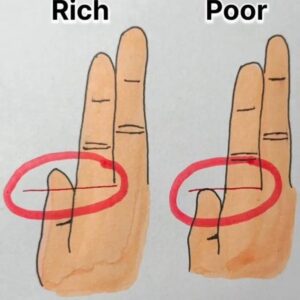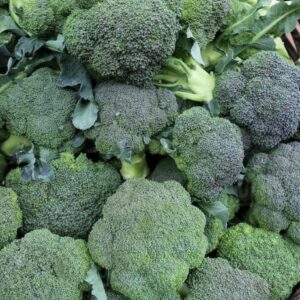Eggshells are far more useful than they seem. Rich in calcium carbonate, they can support bone health when properly cleaned, boiled, dried, and ground into a fine powder. This natural calcium source may help strengthen bones and teeth when used in small amounts.
Beyond health, eggshells are great for gardening. Crushed shells enrich soil, balance pH levels, and naturally deter pests like slugs and snails. Instead of tossing them, reuse eggshells to support a healthier body, a greener garden, and a more sustainable lifestyle.





